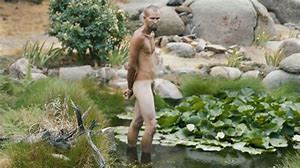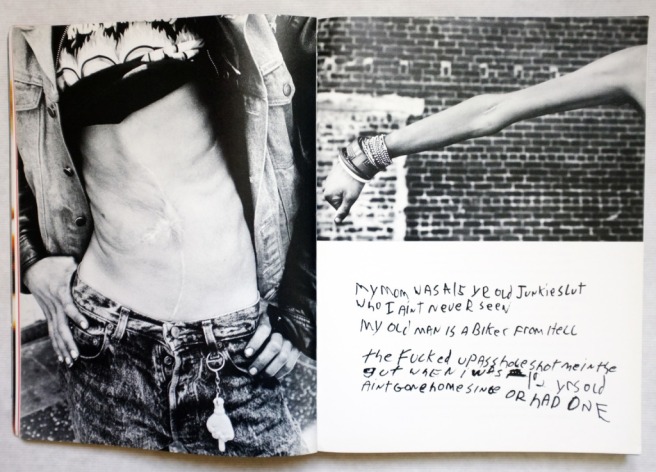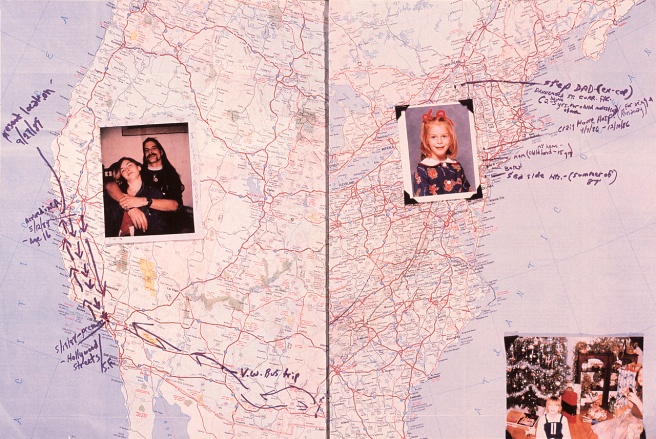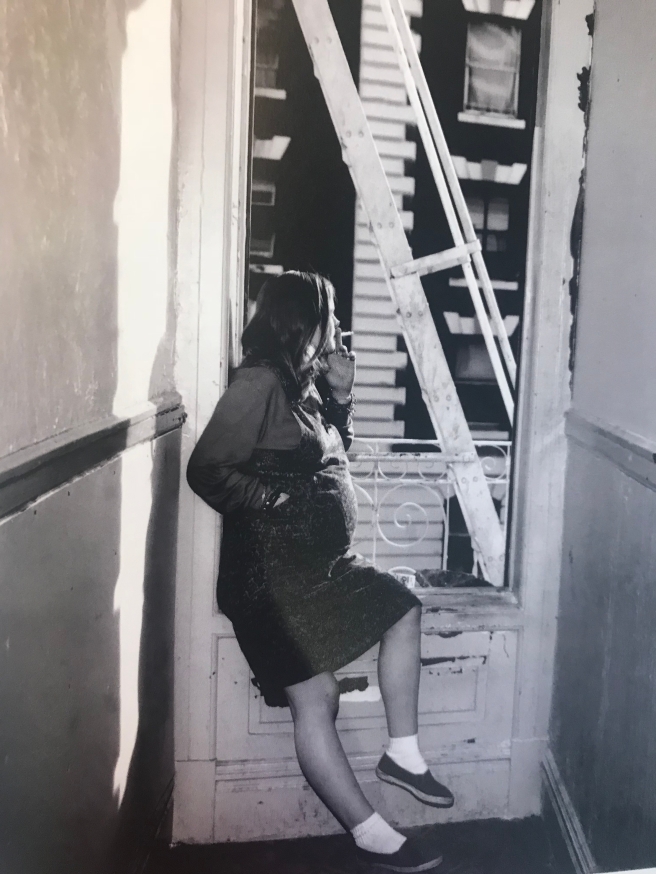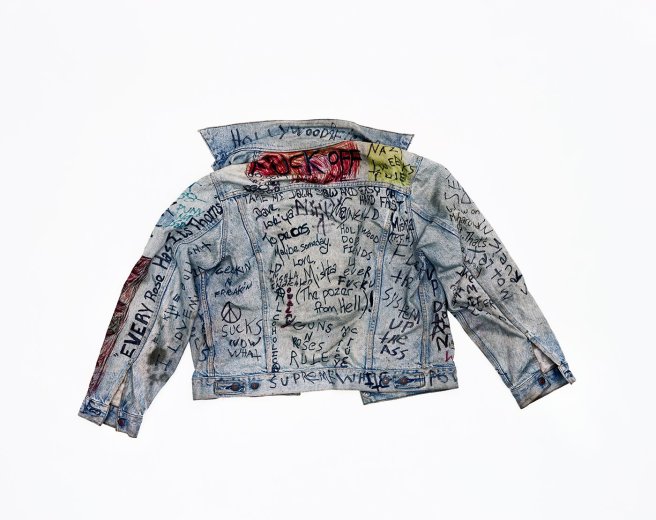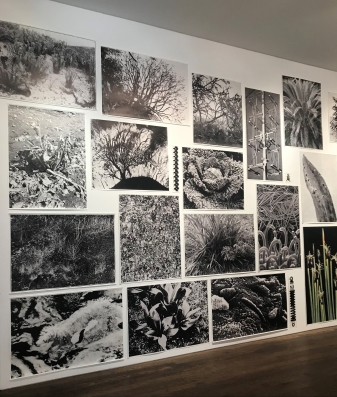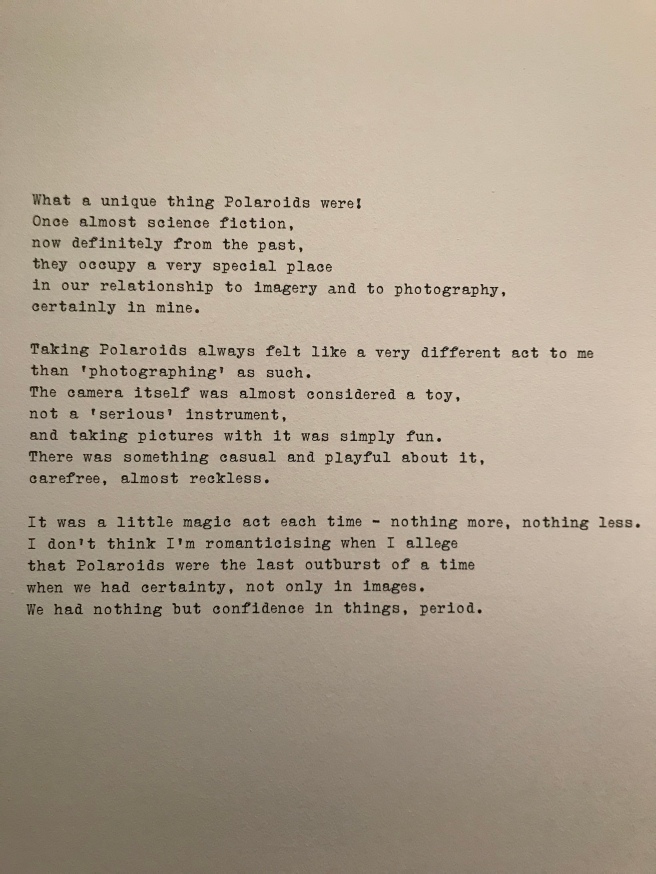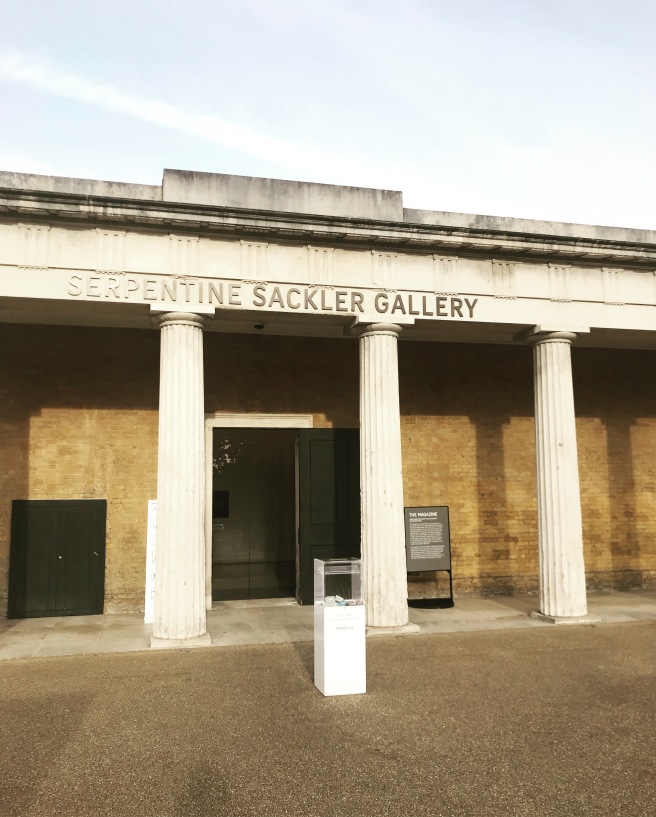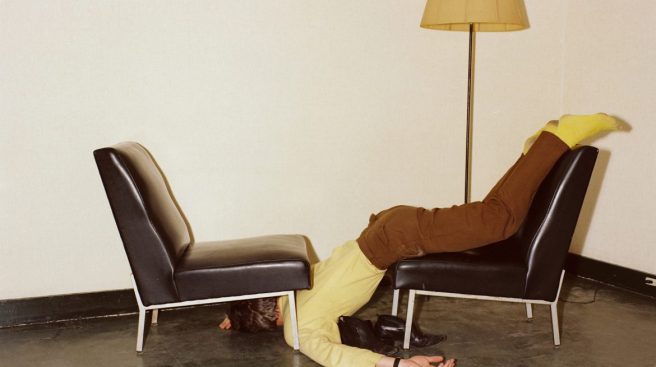I had a last-minute opportunity to visit Photo London. I had hoped to be taking my images for my final assignment for context and narrative but alas my model (My daughter) decided to work instead! So instead I hopped on the train to visit Photo London. I’m so glad I did, such a variety of work all in one space, so much inspiration. I was particularly drawn to the various styles of presentation and framing as well as a few creative ideas.
I took so many photos for future inspiration but here are a selection from the day:
These images have provided some ‘food for thought’ around my ‘Selfie’ assignment. The first two are the most interesting with the images of narcissus and then the reflected self-image.
These two images have made me reflect back on my ‘photographing the unseen’ Perhaps I could present a montage of hands?
The work I had recently seen at The Photographers Gallery was also at Photo London.
Some Vanitas style photography which relates to some of my research around Vanitas for assignment 5.
Inspired by textures and ideas around found photographs.
Creative framing
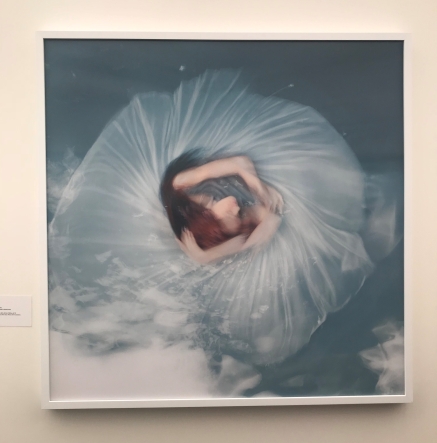
The use of lenticular was an interesting choice.
The use of layers within glass create an interesting 3D sculpture and wires painted with the image give an amazing effect in this gas station image.

A Helen Levitt! I do love her images.

Different yet the same… food for thought on a future idea.

Sometimes a bad angle can create a thing of beauty, very Salvador Dali in style. My eyes are drawn up the image from the oversized hand and thigh.
So inventive, if you read the book titles from left to write it reads out a short story, the clarity and colours of the digital print image lend it a realistic quality.
And finally a little something from the Fox Talbot exhibition.



































